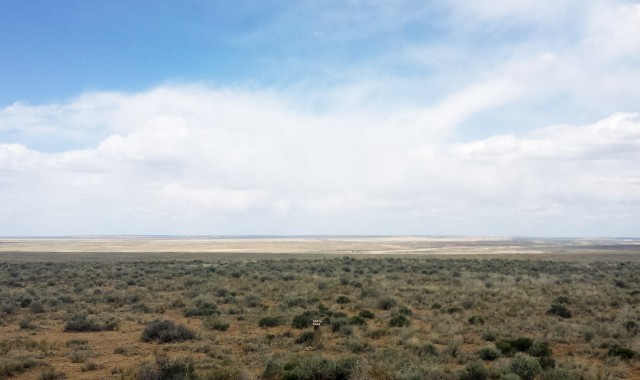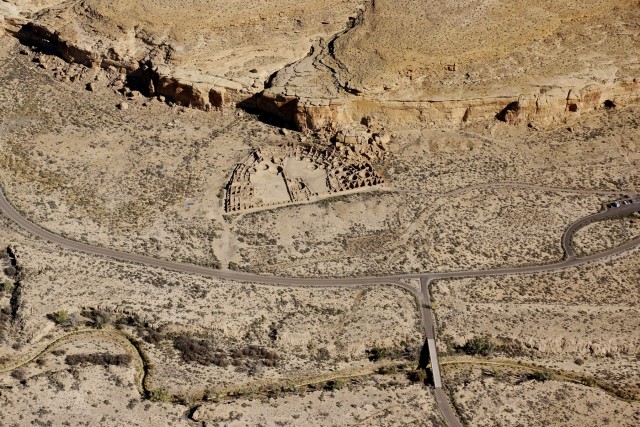- Home
- >
- Preservation Archaeology Blog
- >
- New Mexico Park Visitation Rises

(April 25, 2016)—The latest statistics show a dramatic increase in visitation to National Park Service (NPS) parks and monuments in New Mexico, for March 2016.
Several factors may be responsible for the uptick, including a promotional push by the Park Service in conjunction with its 100-year anniversary. Given the threats that the Greater Chaco Landscape currently faces, I welcome the opportunity to blog again about Chaco. Archaeology Southwest and its partners (Partnership for Responsible Business, National Trust for Historic Preservation, National Parks Conservation Association, and The Wilderness Society) have worked hard over the last two years to raise awareness about the impacts of oil-gas development on lands adjacent to the Park. I’ve talked about these efforts in a series of blog posts over the last year or so. Archaeology Southwest and its partners continue to be engaged in the process that the Farmington BLM is undertaking to amend their Resource Management Plan (RMP). Further, we continue to call on BLM to prepare a master leasing plan for the Greater Chaco Landscape as part of this process. This plan can provide a much-needed vision for managing this landscape and ensuring that its world-class cultural resources and modern-day residents are fully protected before additional leasing and development take place.

I think it’s fair to say that our efforts and those of other organizations have increased the public’s awareness of the uniqueness of Chaco – both within our country’s amazing network of Parks and as a cultural landscape that extends well beyond the Park’s boundaries. Perhaps this, in turn, has generated more interest in visiting Chaco.
I think additional visitation is mostly a good thing for the Park. More visitors bring additional funding, through user fees, and generate steady revenue for local communities. In 2015, Chaco Canyon, along with several nearby national parks, including Canyon de Chelly in Arizona, and Mesa Verde in Colorado that are marketed as a regional network provided over $70 million in economic output. However, we can wonder how much additional visitation Chaco can sustain and not suffer impacts? As many people are aware, NPS funding has been flat since 2011. Chaco, like many parks and monuments, has a multiyear backlog of maintenance projects, stabilization-preservation needs, and other projects that runs into the millions of dollars. A conservative estimate suggests that it will take 5-10 years of adequate funding to begin to address the backlog at our Nation’s parks and monuments. Adequate funding, in turn, depends on our delegates in Congress understanding the dire challenges faced by NPS staff on the ground. We can perhaps be hopeful in this election year that things will improve in 2017.

I also wonder how visitors would respond if oil and gas development were to increase around Chaco Canyon. Would the experience of viewing the still-pristine night skies that draws so many to Chaco Canyon be diminished? Would visitors lose the sense of traveling back in time that they often feel as they navigate the dirt road into the canyon and move through a landscape that appears very much as it did centuries ago? Would people stop coming altogether? These are very real concerns that Archaeology Southwest and its partners are trying to address through their work with BLM.